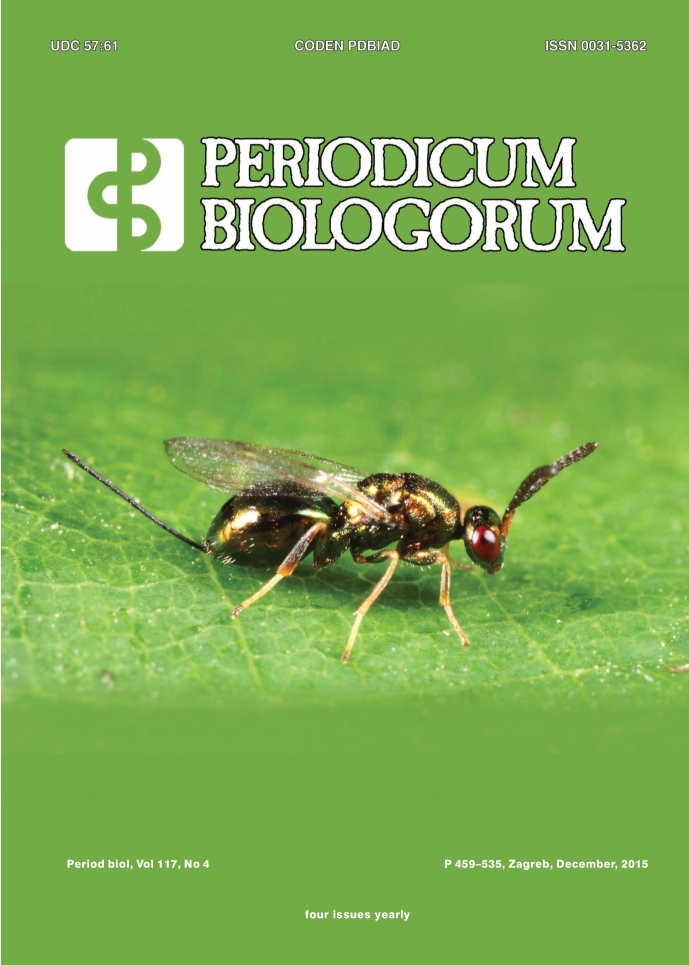Quality assessment of high density digital surface model over different land cover classes
DOI:
https://doi.org/10.18054/pb.v117i4.3452Abstract
Background and Purpose: Recent research on generation of digital surface models (DSMs) using image matching methods revealed a great potential of DSM application in forestry, especially in forest inventory. However, research dealing with DSM generation from digital aerial images are still lacking in Croatia. Therefore, the main objective of this study was to present the workflow for generating high density DSM from colour infrared (CIR) digital stereo aerial images using area-based image matching algorithm.
Materials and Methods: The high density DSM was generated from colour infrared digital aerial stereo images using Dense DTM algorithm of PHOTOMOD software - an area-based image matching algorithm which operates on the principle of cross-correlation approach. To evaluate the quality of the generated DSM, an agreement assessment with manual stereo measurements was conducted over three different land cover classes (forests, shrubs, grasslands) using the same images as for DSM generation.
Results: The good vertical agreement between the generated DSM and stereo measurement was achieved for all three land cover classes present at the research area. The highest vertical agreement was obtained for the grassland land cover class (RMSE=0.36), slightly lower for forest (RMSE=0.62), whereas the lowest vertical agreement was obtained for shrub land cover class (RMSE=0.83).
Conclusions: The results of this research are very promising and suggest that the high density DSM generated from digital aerial stereo images and by using the proposed methodology has the potential to be used in forestry, primarily in forest inventory. Therefore, further research should be focused on generation of CHM by subtracting available DTM from the high density DSM and on the examination of its potential for deriving various forest attributes.Downloads
Published
Issue
Section
License
The contents of PERIODICUM BIOLOGORUM may be reproduced without permission provided that credit is given to the journal. It is the author’s responsibility to obtain permission to reproduce illustrations, tables, etc. from other publications.


